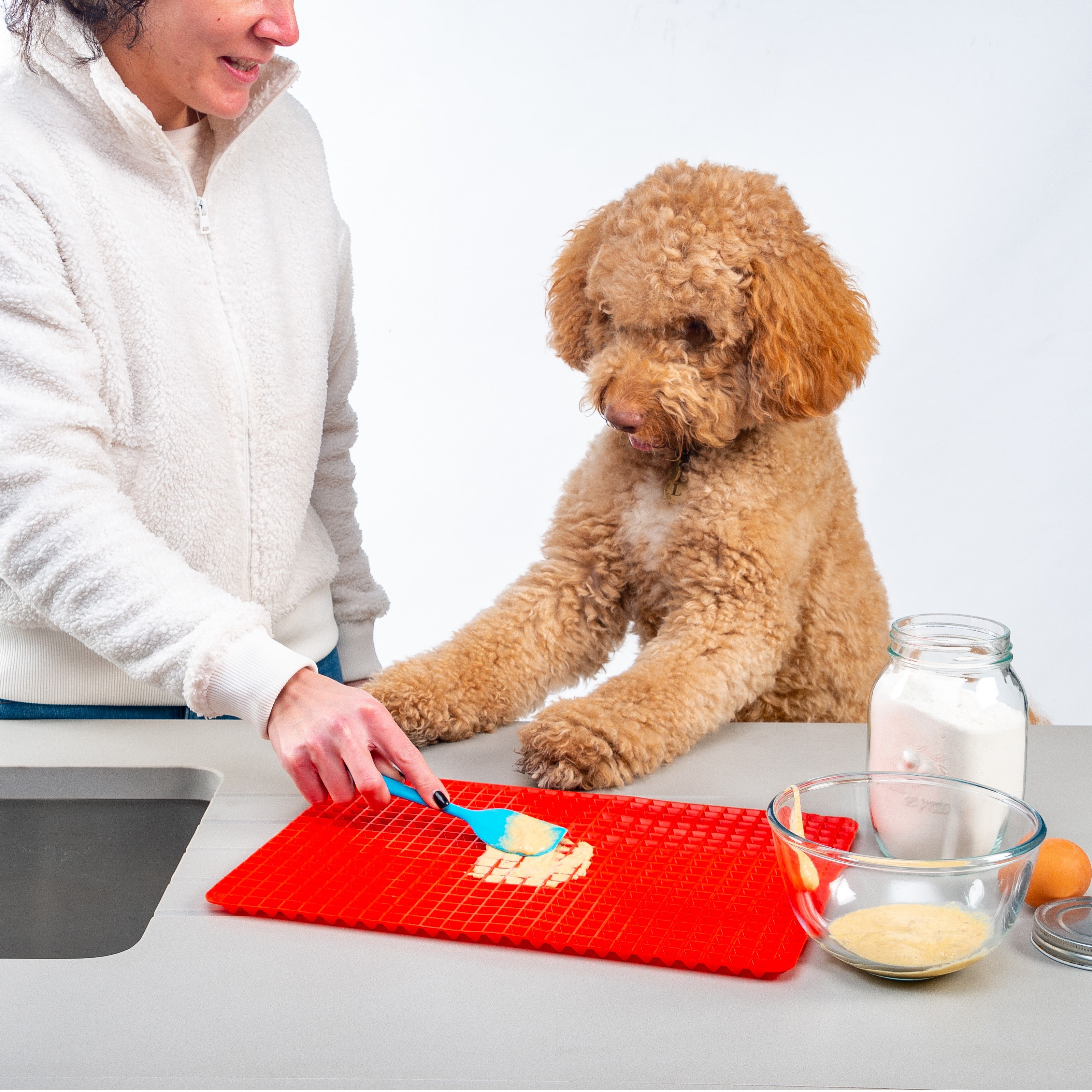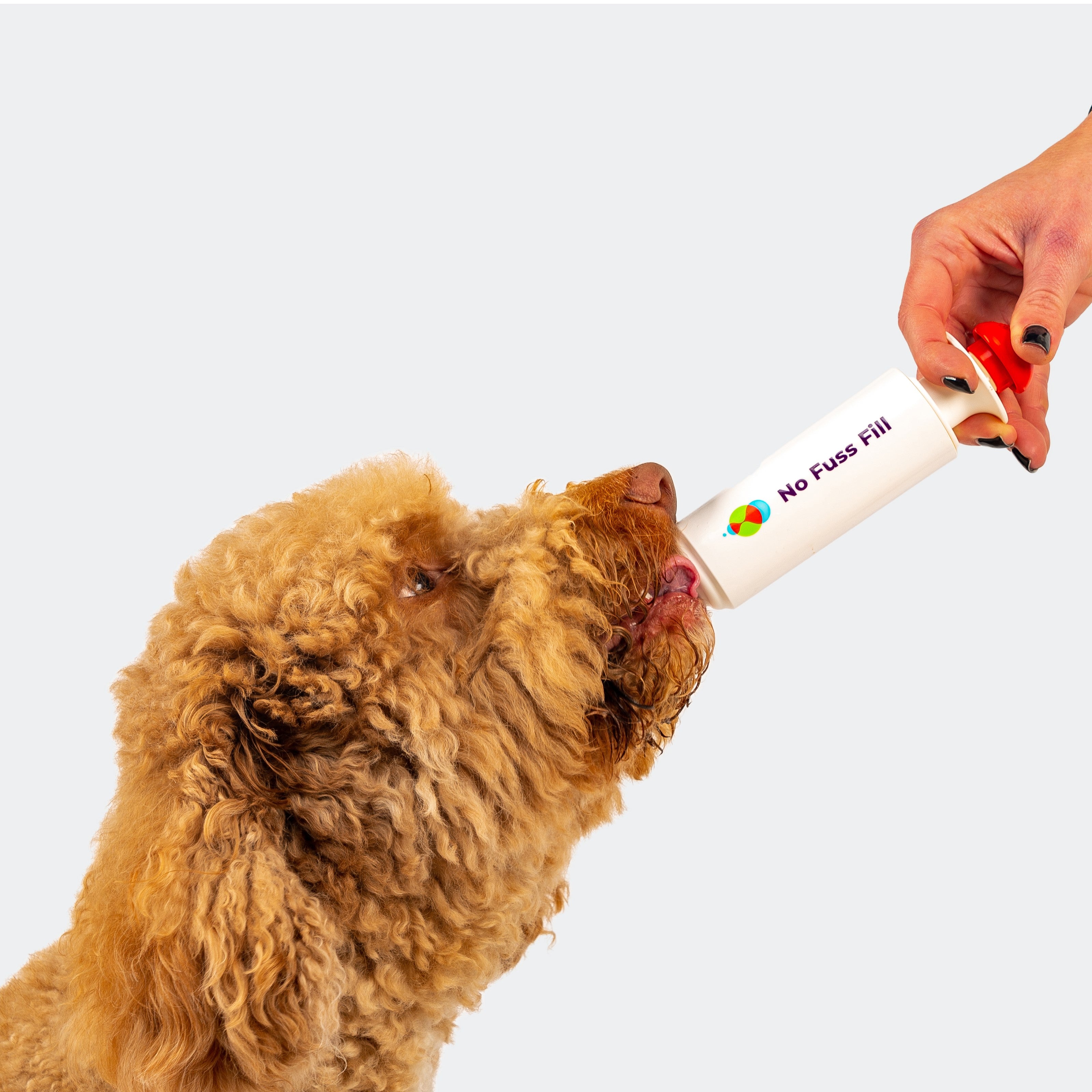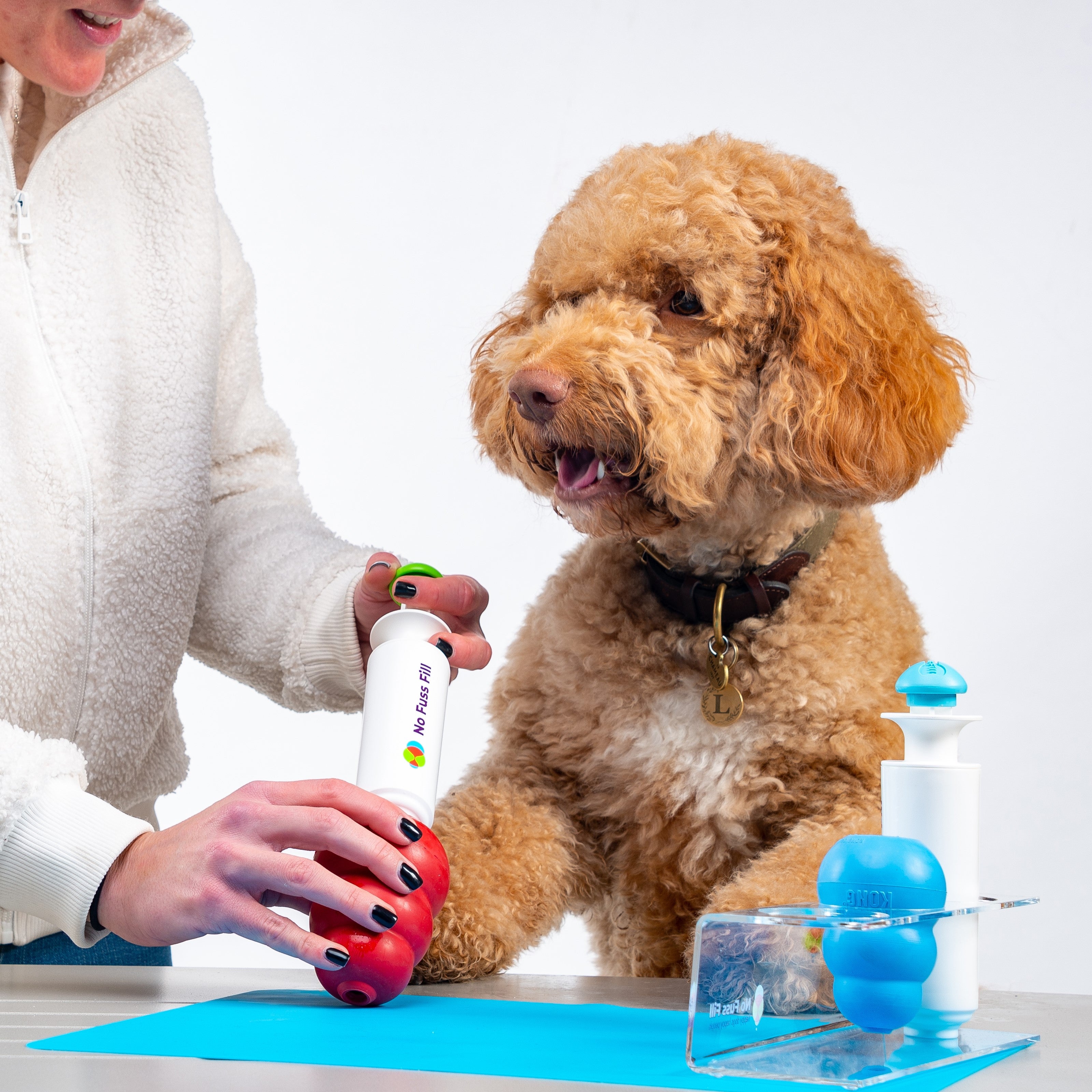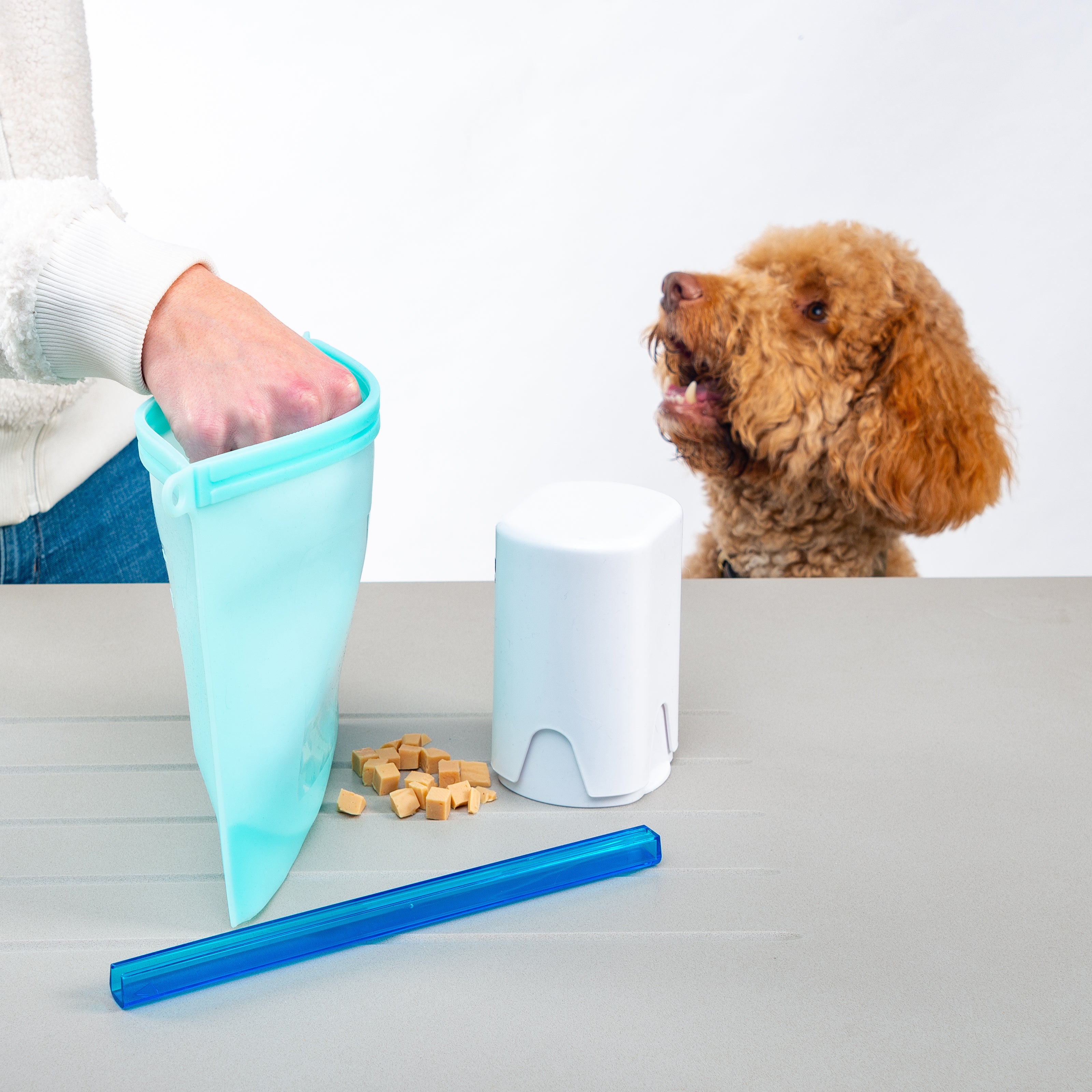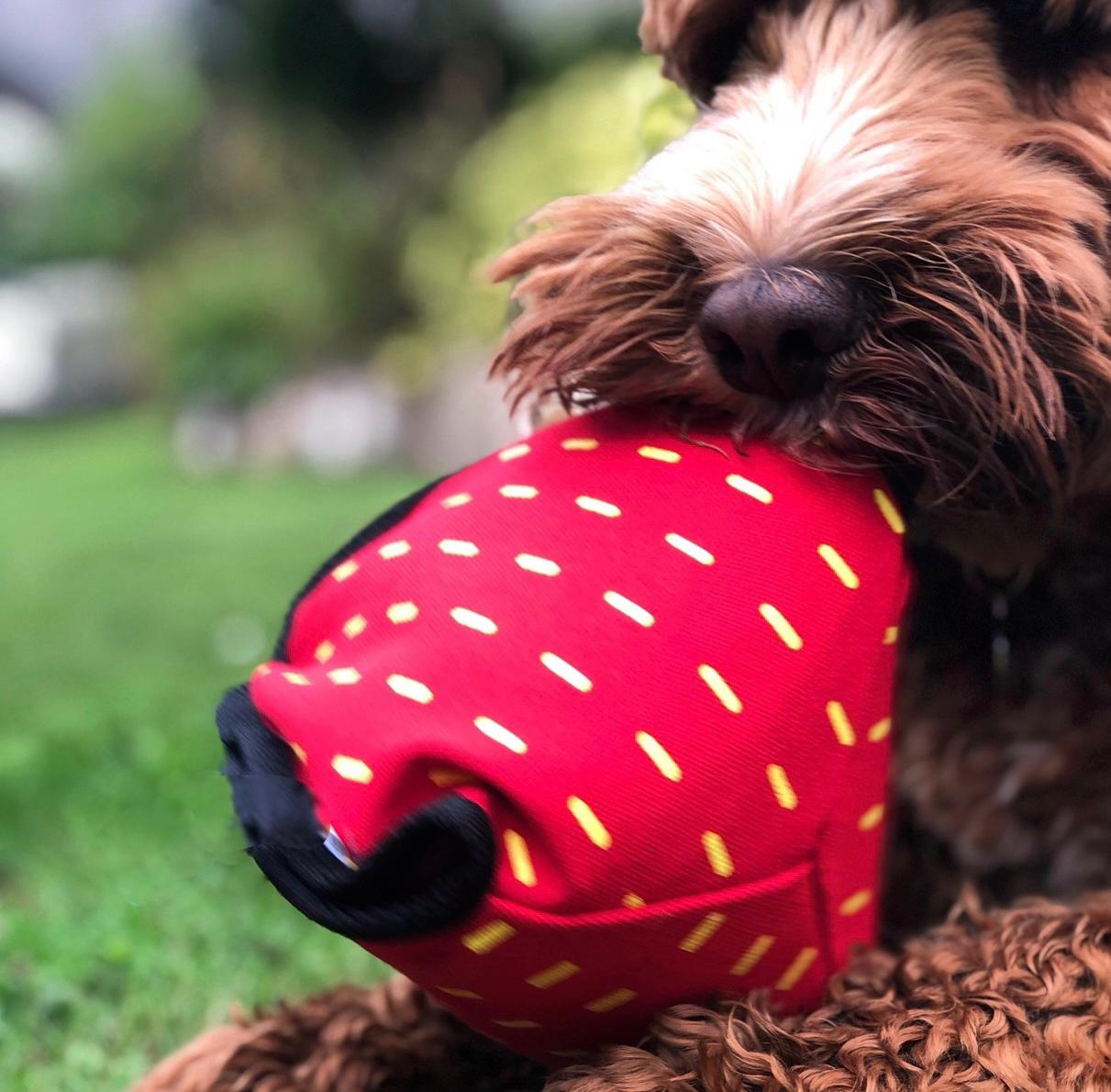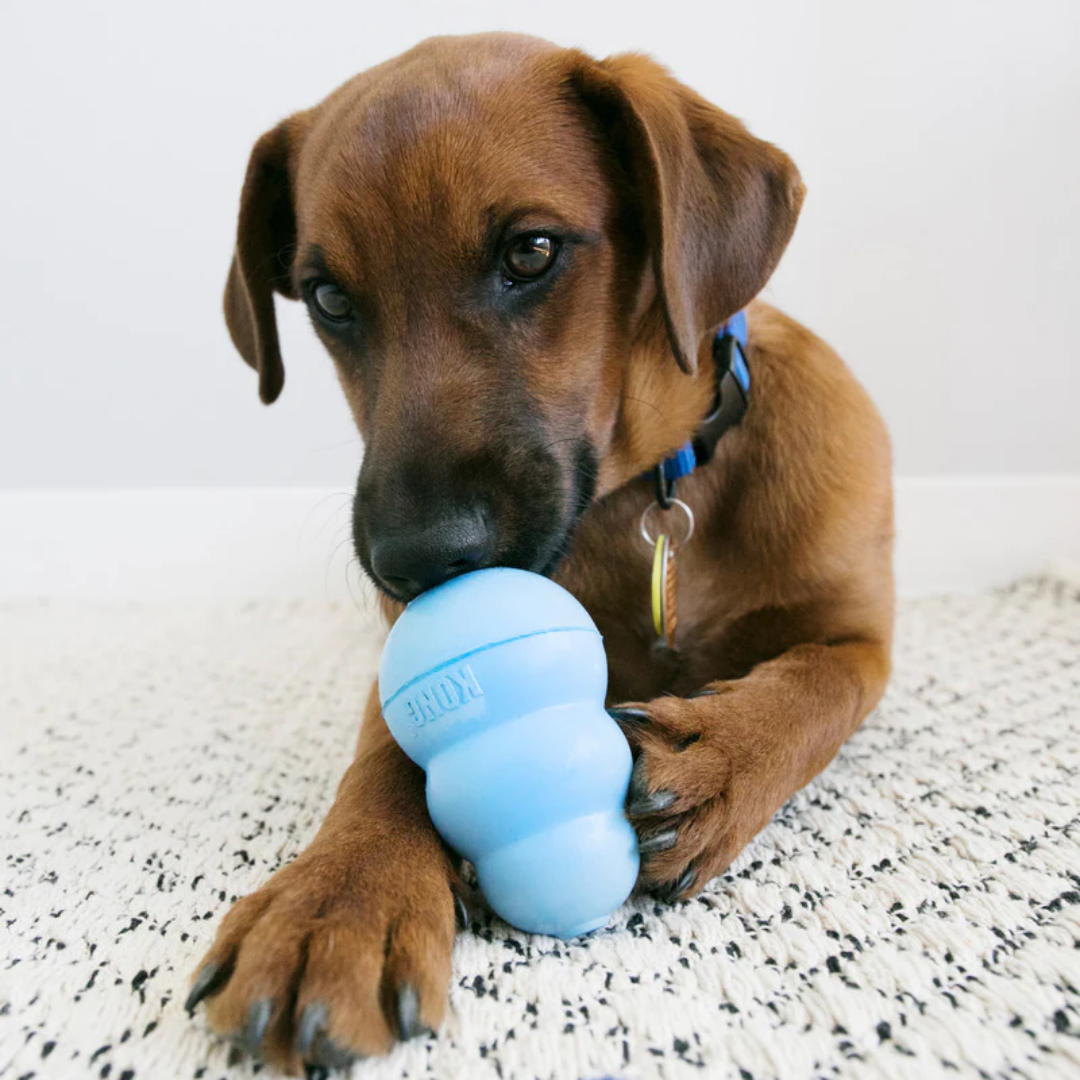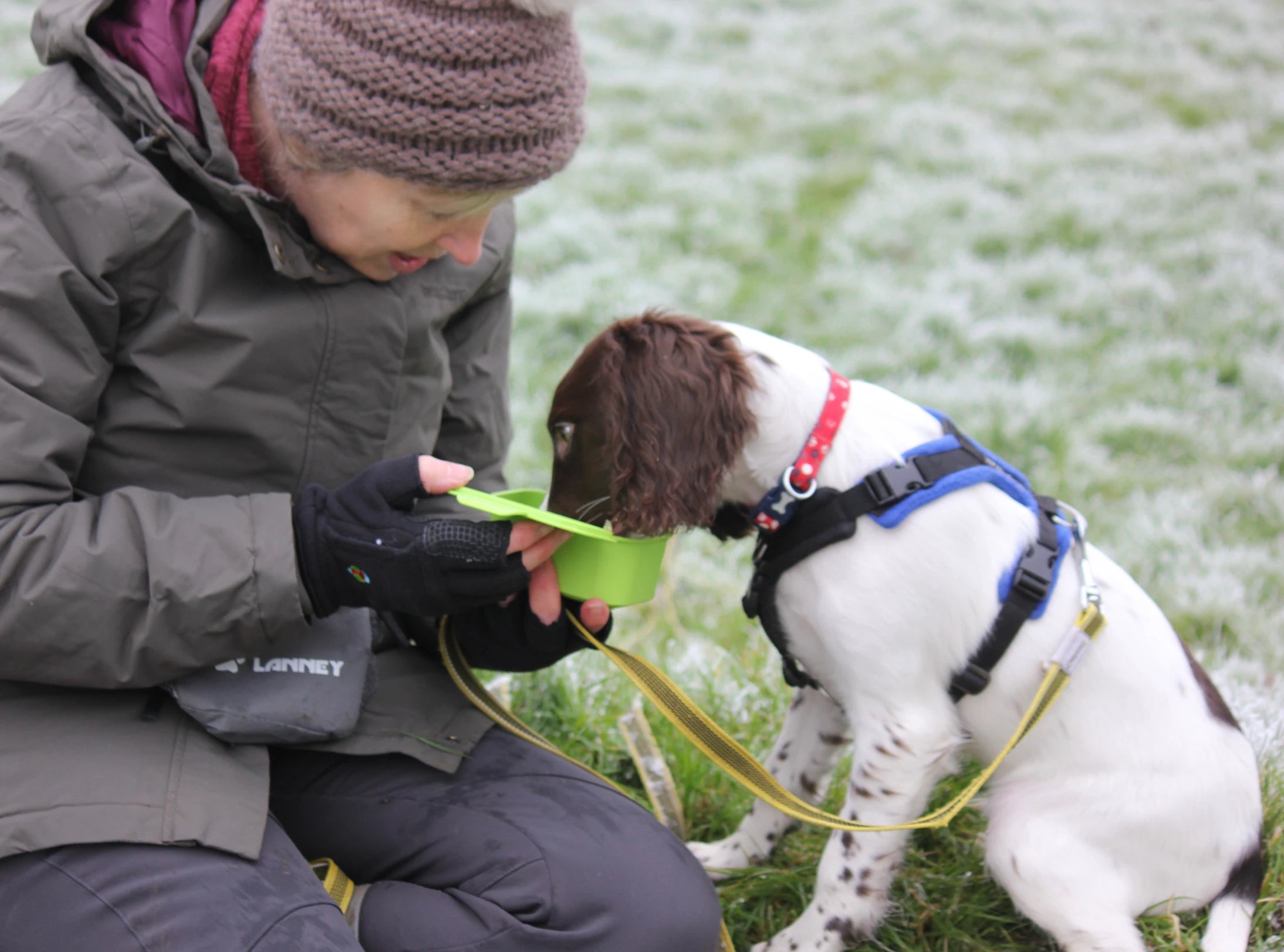Our Lockdown puppy was so good on his first car ride home. The same on trips to his puppy checks and vaccinations.
In fact, all was fine until he was 6 months and had an injury. This ended up with a day stay at the vet's for x-rays.
From that day he would not get in the car.
Does this sound familiar? Are you trying to work out how to get your dog used to being in the car?
In this blog, I share how we got our dog used to the car and, to even fall asleep on a journey.
Changed Crate
The crate we were using had a small entrance which certainly did not work with a reluctant traveller. We wanted our pup to feel comfortable entering and exiting the car. Travelling safely was a priority for us. Check out the highway code regulations here.
So we researched safe crates.
We opted for a TransK9 Car Crate Amongst its great features, it is crash tested.
It has a rear escape hatch. If you have an impact that restricts your boot from opening, you can still release your dog safely into the car by dropping the car’s rear seats and opening the hatch.
We opted for the optional bumper cover. It provides a slip-free surface for entering and exiting and protects the bumper.
Knowing he was safe made us all relax in the car
Learning to love the crate
When the car crate arrived, we left it in our porch.
We got our puppy used to entering and exiting it.
We built value in the TransK9 in the same way that we did with his crate/den in the house. As Steve Mann says in his book ' Easy Peasy Puppy Squeezy ' - become the crate/den wizard who hides goodies' ie fab looking, smelling and tasty dog treats for your pup to find. Doing this builds value in that place.
Right from the start, I introduced a release word for when he exited. Even when he was exiting in the safety of the porch.
It's important to have a controlled exit to keep your dog safe from other traffic and hazards.
I rewarded our puppy for
· Going into the crate
· Settling
· Waiting in the TransK9 with the door closed and me out of sight

Getting used to the car
The car will have a whole new set of smells for your dog to get used to. If it was previously owned it may have even had another dog travelling in it.
Every time we set out for a walk or came back from one, we would open and close the car doors. Our pup would have a good sniff around the car.
Doors closing, especially boots closing can be alarming for sensitive dogs. So we opened and closed the doors so that he got used to the sounds.
Moving the crate to the car
The next step was to move the crate from the porch to the car.
We went back to basics again.
I continued with the same steps we took in the porch, except this time in the car.
I introduced a new cue. ‘Hop it up’ to get in and re-enforced the controlled exit.
I did this by;
· Asking for a ‘down’ if he was not already in that position
· Asking for a ‘wait’ then opening the door
I slowly built up to him having longer time in the TransK9 by closing the door and pottering around on our drive.
The next step was closing the boot to the car, so that he got used to the sound and sensation.

Engine Running
Once he was happy in the car and settling, it was very tempting to just head off on an adventure.
But, knowing how traumatised he had been about getting in the car and being a passenger I did not want to rush things. I did not want us to go back to the start again after the level of work we and Harvey had done to get to this stage
So we stayed on the drive, boot closed engine running.

We built up to short journeys.
I will be honest some were so short we didn't even get out of the village. We made sure that every car trip ended in a good walk or experience. Hoping to change his mindset that not all journeys end up at the vet's.
Despite all the work, he was clearly still distressed when we were on the move.
Each time this happened I went back to basics and building on the steps above.
Rewarding calm behaviour
We wanted him to feel comfortable in the car and on the move. One of us would sit in the back and reward him when he was calm.
Any moments where he was not crying, we verbally praised him or gave him a small treat.

This helped too..
Absolutely not, at times it has been tough and stressful!
If you are reading this and struggling I know how hard it is for you. You think you will never get to visit friends and family, head to the woods or beach with your dog.
Hang on in there, be patient. If you have a young dog remind yourself that you have years of adventures ahead of you.
A little work now to get them comfortable is a small price to pay
So what else has helped us..
-
Added a Road Refresher non-spill water bowl to the crate
-
Keeping windows open slightly to equalise the pressure in the car
-
Using Vita Canis Calming Spray in the car and spritzing on Harvey’s back before setting off ( it makes the car smell fab too!)
-
Reminding ourselves that we are not alone. Lots of dogs don't like the car.
-
Remembering that he had once been happy in the car - we just needed to create new memories associated with it.
- Knowing that with patience and consistency ( and it took lots) we could get his confidence back.

It is important for me to say that I am not a trainer or behaviourist. There are many experts that can offer you specific advice for your puppy or dog.
I am just an owner who took steps ( and continues) to create new, good associations with the crate and car. I am sharing this in the hope that it helps you.

I used to despair thinking we were the only ones with a dog who didn't like the car. I don't want you to feel that way.
The steps we took and going back to basics are paying off. He has even fallen asleep in the car now!
If you have ideas and tips that have made a difference to your dog in the car, please share them below.
Or head over to the No Fuss Fill Facebook page and join in the conversation there with other dog owners.
